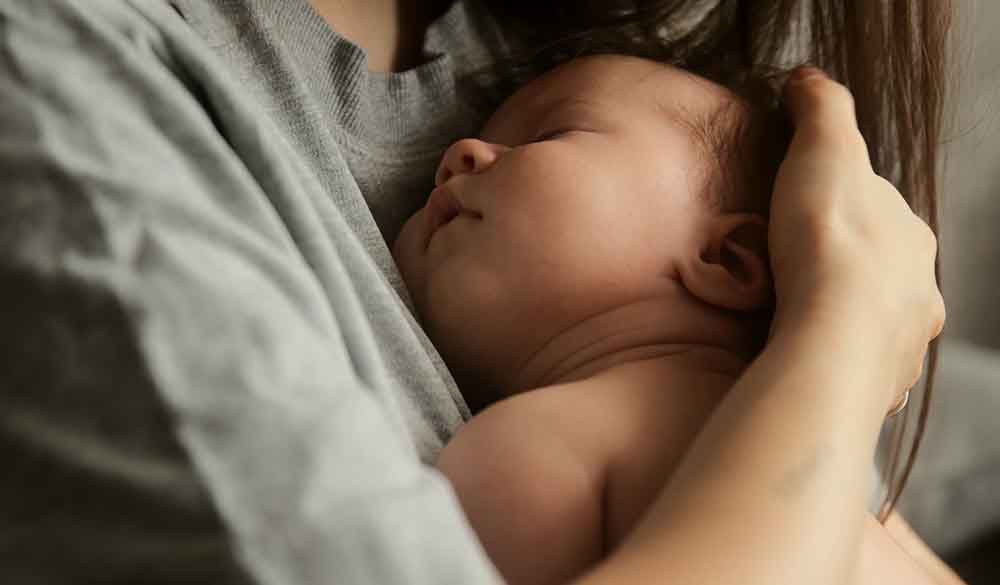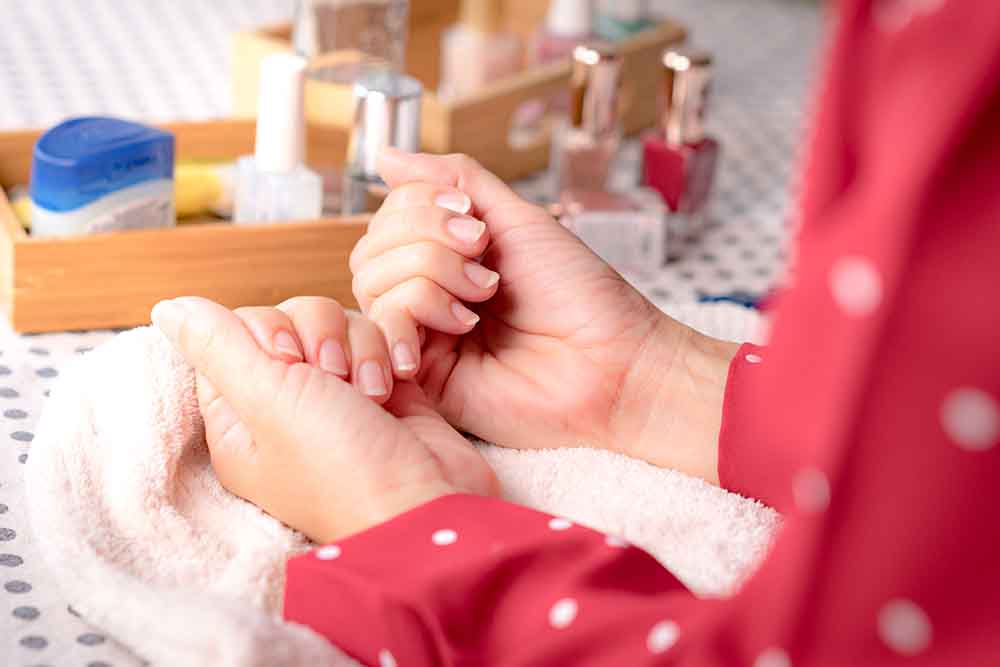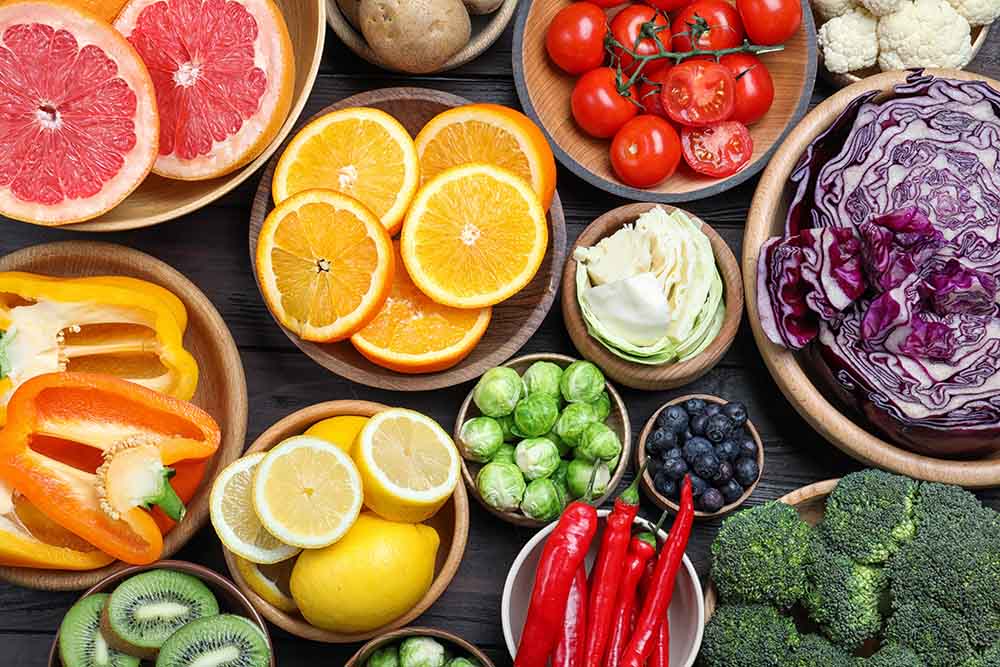One of the most prevalent nutritional deficiencies among Indian women is iron insufficiency, which frequently goes undiagnosed and untreated. This silent ailment, which affects almost half of all women in the nation who are of reproductive age, poses serious risk to women's health, productivity, and general well-being. The symptoms are often subtle — tiredness, pale skin, or frequent headaches, and many women simply learn to live with them instead of seeking help.

According to data from the National Family Health Survey (NFHS-5), iron deficiency is the primary cause of anaemia in over 57 per cent of Indian women between 15 to 49 years. Indian women have high rate of iron insufficiency due to a number of interconnected factors:
Periods and blood loss: Menstruation causes women to lose iron each month, and having heavy blood flow can worsen the deficiency.

Pregnancy and lactation: During pregnancy and nursing, the body requires a lot more iron. If they do not take supplements or consume a healthy diet, many women may either develop iron deficiency or exacerbate it.

Poor diet: Indian diets frequently lack foods rich in iron, particularly heme iron (found in animal products), which the body absorbs more readily than non-heme iron from plants.
Cultural and societal norms: Women typically eat last in many households, consuming smaller portions, and at times avoiding iron-rich foods entirely.
Frequent pregnancies: Very small gaps between pregnancies might cause iron levels to deplete without adequate recuperation time.
Dr Pooja Gupta, Obstetrician-Gynaecologist explains that our diets are often cereal-heavy and low in iron-rich foods, and many women consume tea or coffee right after meals, which blocks iron absorption. Regular menstrual blood loss, heavy periods, pregnancy, and breastfeeding add to the challenge. Also, the trend of younger women following crash diets or restrictive eating habits, further reduce iron intake.

The symptoms go far beyond gynaecological health. Fatigue, dizziness, brittle nails, hair loss, poor concentration, and even mood changes can all be linked to low iron. It impacts productivity, immunity, and overall quality of life. For adolescent girls, it affects growth and school performance; for working women, it drains energy and efficiency.

The good news is that iron deficiency is preventable. Dr Gupta advises women to eat balanced meals which include spinach, lentils, ragi, jaggery, eggs, or meat if they are non-vegetarian. Pairing these with vitamin C-rich foods like amla or lemon helps absorption, while cutting down tea and coffee around mealtimes makes a difference. Regular haemoglobin and ferritin checks, especially for women with heavy periods or persistent fatigue, are very important. Supplements can be helpful, but they must be taken only under medical supervision.
One shouldn’t ignore constant tiredness or weakness. Prioritising your health isn’t selfish, it is essential. Iron deficiency is not solely a personal problem; it reflects larger nutritional inequalities, gender inequalities, and public health failures. The ramifications for Indian women are extensive, ranging from less economic engagement to weakened health. Recognising the indicators early and taking proactive steps, both at the personal and policy level, can help reverse this tendency.